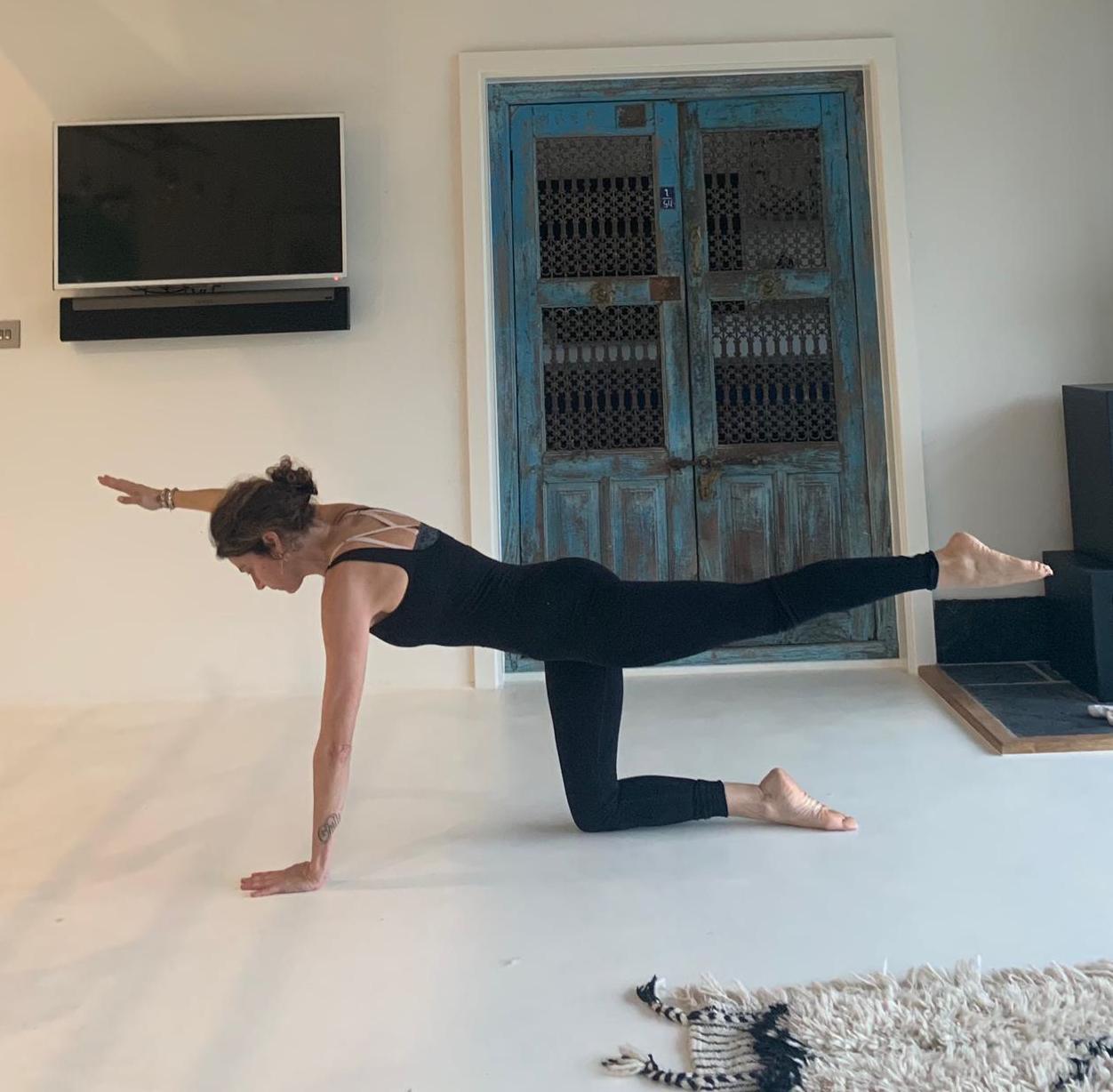Pilates and Parkinson’s: the therapeutic benefits of movement
As we regularly advise our clients, the benefits of movement are so important, and underpin our wellbeing in every way. Sadly, my father recently passed away from a very aggressive form of Parkinson’s Disease (PD).
The most distressing aspect of this disease – and especially with his type – is that sufferers may find themselves unable to move, or worse, to even communicate. Having always taken an interest in the relationship between exercise and pathology, this experience has prompted me to further my expertise in this area and enrol on a renowned Pilates for Neurological Conditions course.
Let’s take a look at the benefits of exercise and movement in easing the symptoms of illness, and in particular, how it can ease the most common symptoms of PD.
Types of Parkinson’s
PD is a chronic, progressive condition that causes debilitating motor symptoms and balance impairment, and is often characterised by muscle weakness and fatigue. The most common form is Idiopathic Parkinson’s, which causes tremors, rigidity and slowness of movement. However, there are many other types, including the more severe case my father experienced, which didn’t start with a tremor. Rather, his speech diminished, words became lost, and his mobility swiftly declined. Movement in general became difficult, with the most basic tasks becoming tricky to master. Those with PD may also experience problems sleeping, memory loss and poor mental health. Exercise and movement can help address many of these issues.
Parkinson’s and Exercise
According to Parkinson’s UK, those who start exercising earlier and for a minimum of 2.5 hours a week experience a slowed decline in quality of life compared to those who start later. Luckily, my father saw a physiotherapist on a regular basis, and when I was around, I tried to stimulate his body by doing simple exercises. I also felt, more importantly, that it took his mind off the illness and gave him something constructive to do (speaking had become impossible during the last year).
To keep patients active and independent for as long as possible, exercise is key. Pilates is ideal as it not only recovers muscle strength and function, but it also reduces motor symptoms, and improves heart and lung capacity, and cognitive function, all of which improve quality of life.
Pilates is a gentle and effective exercise regime that can be tailored to help with the difficulties of movement associated with PD. It encourages patients to be in tune with the movement of their bodies through breathing, spinal and pelvic alignment, and smooth, flowing movements. Plus, by learning to control the body due to improved balance, strength and flexibility, movements become more efficient, meaning patients will tire less easily, leaving them less prone to injury (e.g. falls).
Exercises which can help
In the days before Dad died, I was fortunate enough to spend some quality time with him. One of the exercises we enjoyed together was volleyball, his absolute favourite sport. He sat on the sofa while I was on the floor and we simply passed the ball to each other. He would lift the ball as high as he could, imitating a volleyball pass, as though he was throwing it back to me. Just little things like this gave him so much pleasure and it helped to keep him stimulated and comfortable.
In patients with early PD, the key areas to focus on are leg strengthening, upper body exercises and balancing. Useful exercises include getting up from a sitting position – which can become very difficult as the illness progresses – and repeating this activity as often as possible. Core exercises are equally as important to help with gait and carrying yourself in a more upright position (which decreases rapidly in patients with PD).
If you’re keen to challenge yourself, you might try the ‘quadruped’ (see image). This is an excellent way of strengthening all those core muscles including the abdominal muscles, back and gluts. Any exercise that concentrates on your core muscles will also help to improve your balance.
Enjoy movement – enjoy life
Those with PD can still live a fulfilling life and exercise will help ensure this can continue for as long as possible. In conjunction with medication, exercise can help you take control and manage your symptoms. Remember that PD patients and family members are often fully aware what is going on, and that patients need stimulation, regardless of their illness, which can be as simple as lifting and passing a ball!
